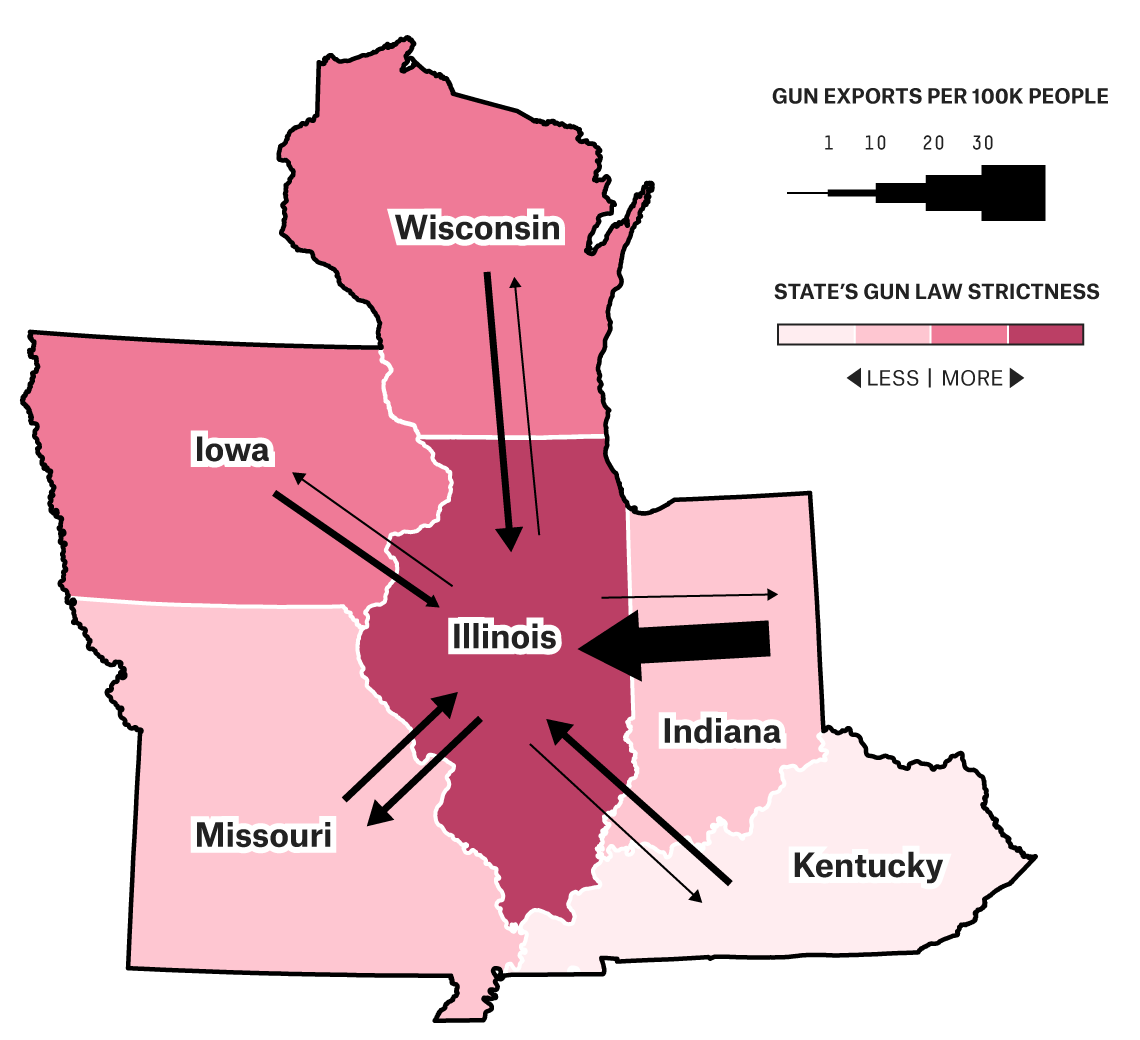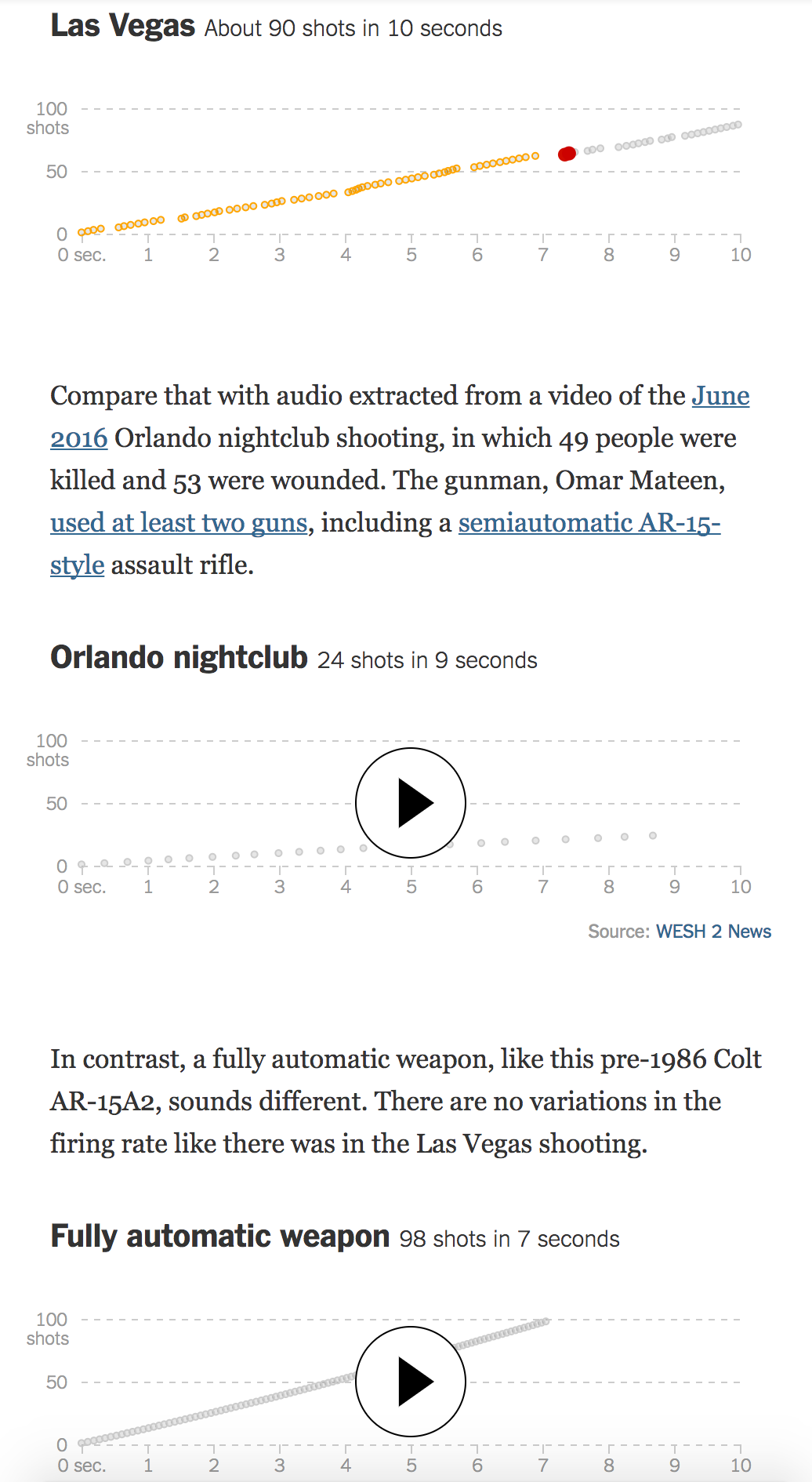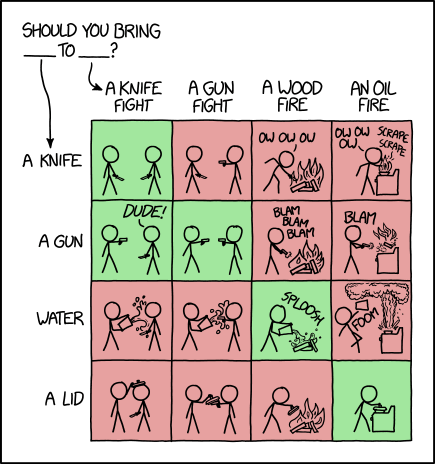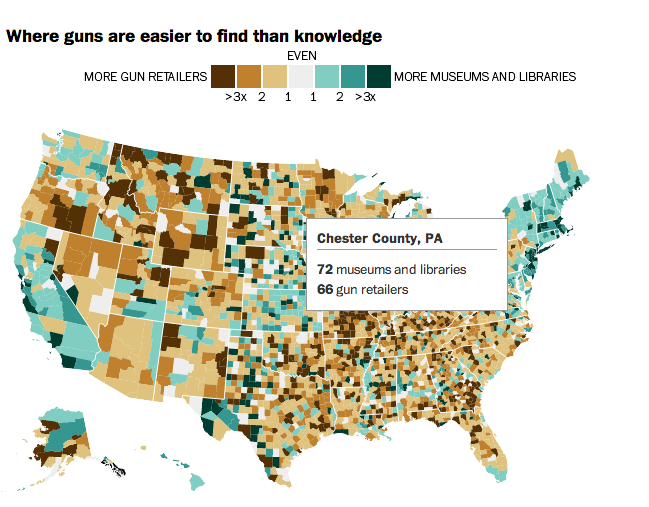When I lived in Chicago, people back East would always ask if I was worried about murder and gun crime in Chicago. My reply was always, “no, not really”. Why? Because I lived in generally safe neighbourhoods. But on that topic, the second most numerous question/comment was always, why are the strict gun laws in Chicago not preventing these crimes? More often than not the question had more to do with saying gun control laws were ineffective.
But in Chicago, it seemed to me to be fairly common knowledge that most of the guns people used to commit crimes were, in fact, not purchased in Illinois. Rather, criminals imported them from neighbouring states that had far looser regulations on firearms.
Today’s post from FiveThirtyEight looks at that very topic.

They bring back more than just cheese from Wisconsin…I am not the biggest fan of the maps that they use, although I understand why. Most Americans would probably not be able to name the states bordering Illinois, California, or Maryland—the two other states examined this way—and this helps ground the readers in that geographically important context. But, thankfully the designers opted for another further down in the article that explores the data set in a more nuanced approach. Surprise, surprise, it’s not that simple of an issue.
Credit for the piece goes to Rachael Dottle.





